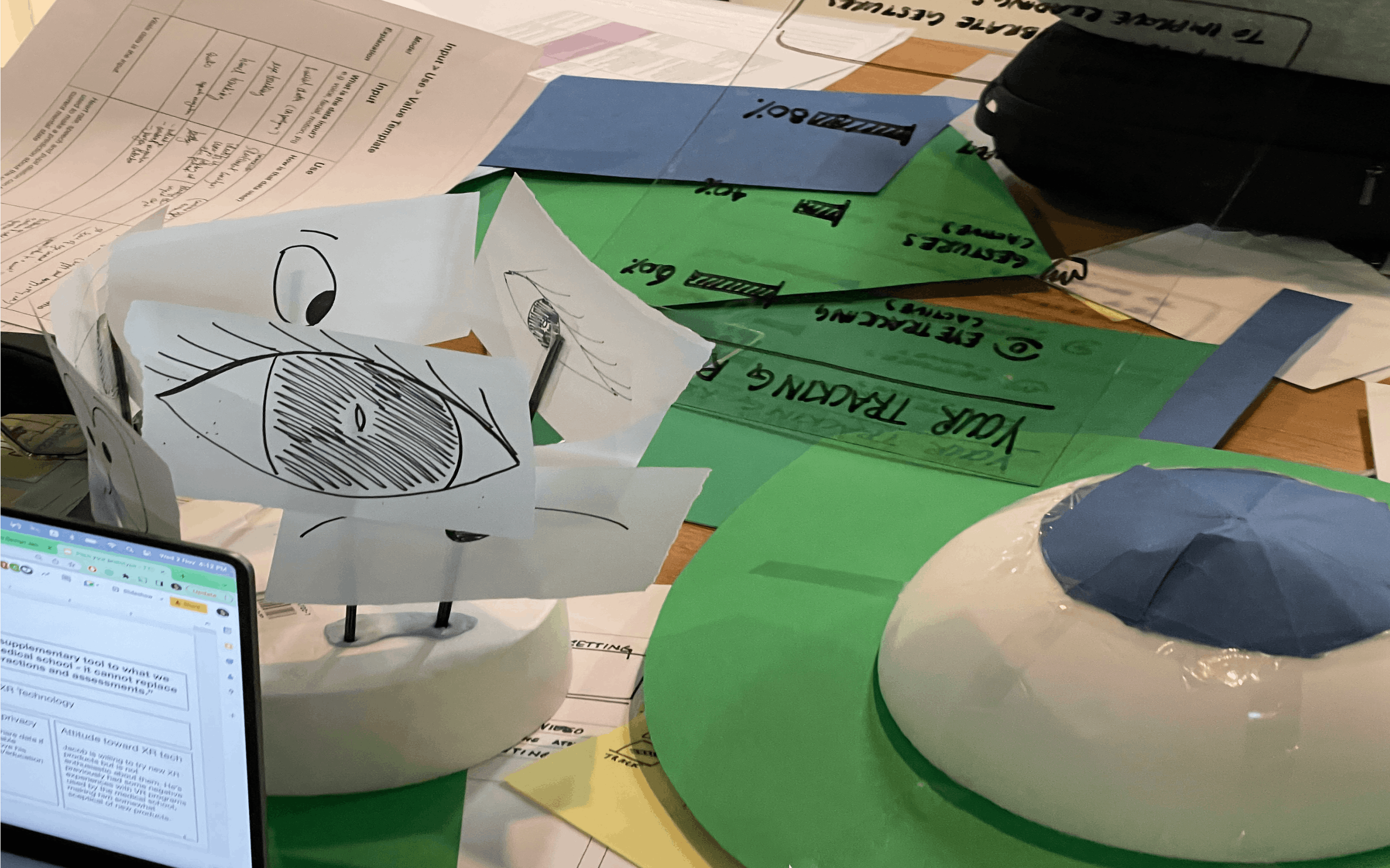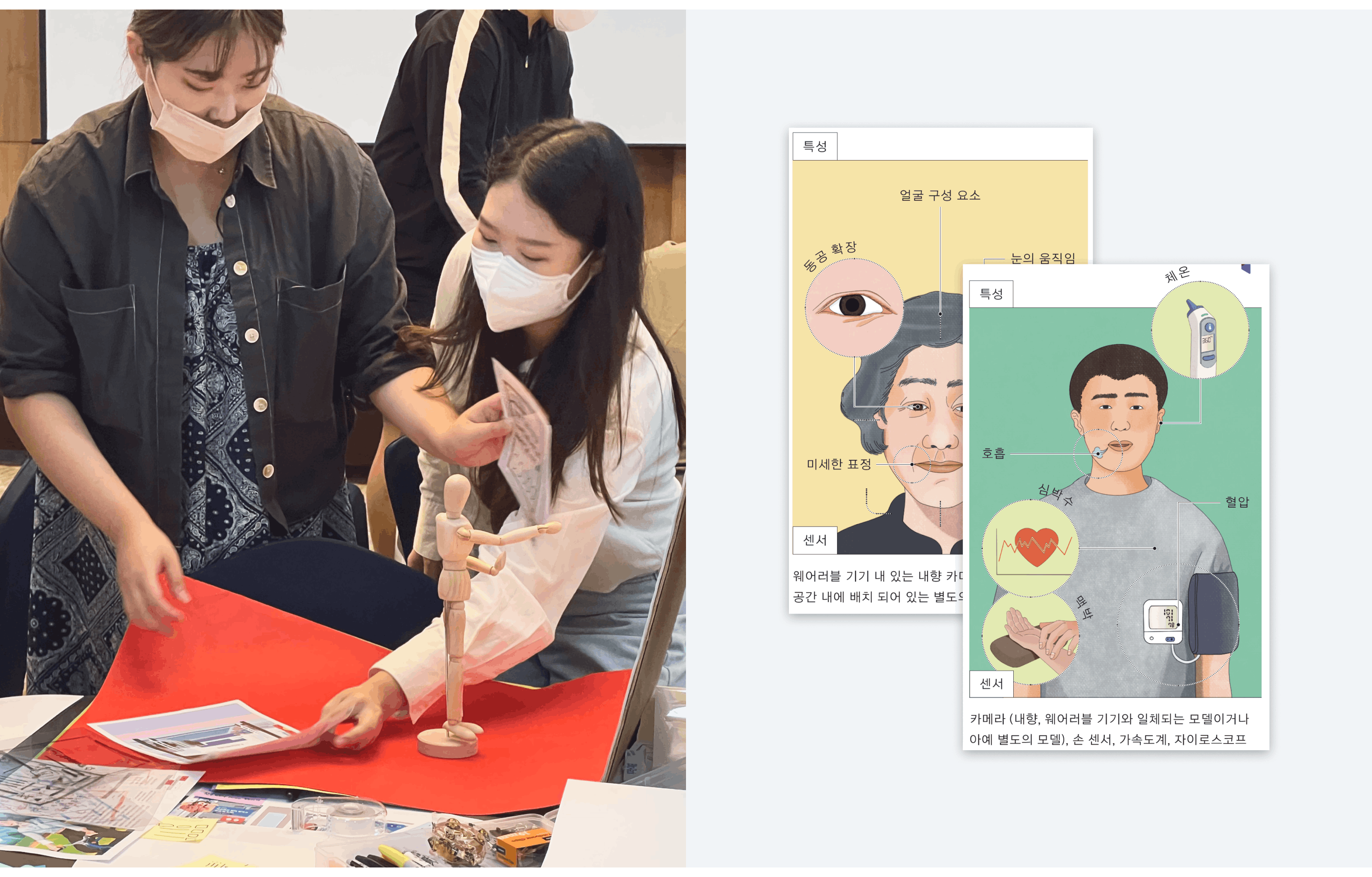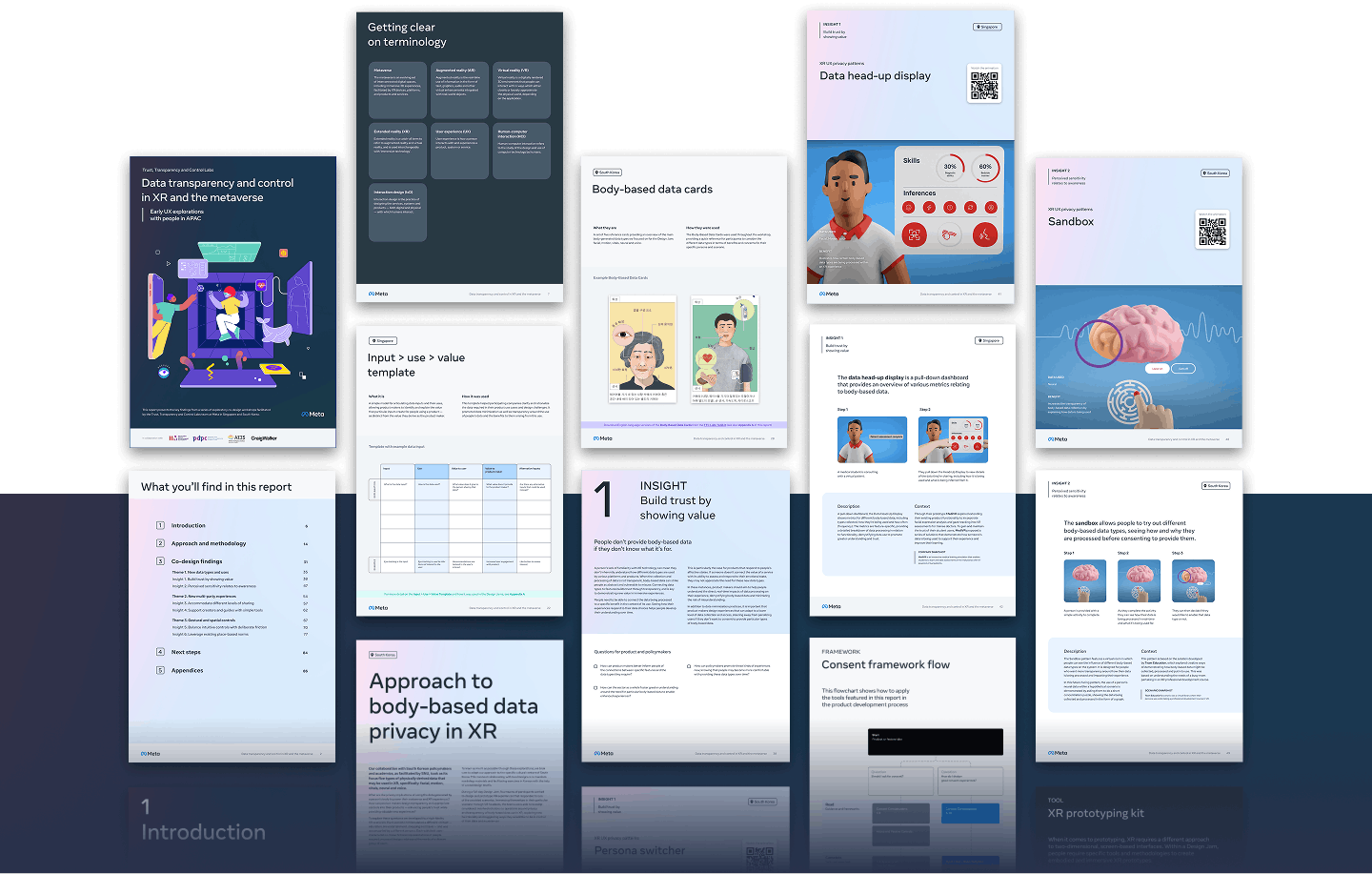When immersive tech sees everything,who gets to say yes?
As augmented reality moves from prototype to public use, the challenge becomes a social one.
Emerging AR wearables and sensor-rich devices can record, map, listen, and respond to the world around them. These systems do not just collect data from users. They also capture information from everyone nearby.
This shift raises important questions. What does consent look like when someone doesn't know they're being recorded? How should data be collected in public, shared, or semi-private spaces? And how can research into these technologies be conducted in ways that are open, respectful, and fair?
CraigWalker was commissioned to help explore these questions in partnership with TTC Labs, a global initiative exploring trust, transparency, and control in digital technologies. Together, we set out to understand through immersive research the impacts on users and bystanders, and how design can be used to support agency, awareness, and consent in the development of new AR and XR experiences.
Learn More
The project in numbers
2International Design Jams
5Body-based data types
17XR design patterns prototyped

Prototyping Ethics in Practice: A Scenario-Based Design Approach
CraigWalker facilitated Design Jams in Singapore and South Korea, bringing together participants from policy, academia, and industry to explore how people experience data privacy in XR, including AR wearables and full-body sensing. Using hands-on tools and scenario-based prototyping, teams explored five types of body-based data: facial expression, motion, voice, vitals, and neural signals. Rather than focusing on screens, the sessions encouraged embodied thinking. Participants used props, gestures, and physical space to explore how people might see, control, or consent to data in immersive environments. This approach moved the conversation beyond abstract ethics and surfaced practical design patterns that could help shape how future XR products and services are designed from the start.


Design Patterns that centre people, consent and privacy
CraigWalker and TTC Labs surfaced 17 privacy-focused design patterns, exploring how people might understand, control, or consent to data collection. The patterns were supported by a suite of experimental tools and frameworks, including the Consent Considerations and the Input > Use > Value model. These tools were developed to help product teams think critically about what data is collected, how it is used, and where meaningful consent is needed. This was especially important in contexts where sensing is continuous or passive. Together, these outputs formed the basis of a publicly released report designed to support both policymakers and product makers in navigating the ethical challenges of XR. While rooted in APAC settings, the findings offer a practical starting point for designing future XR and AR systems that prioritise privacy and agency for everyone in the environment. View the report
